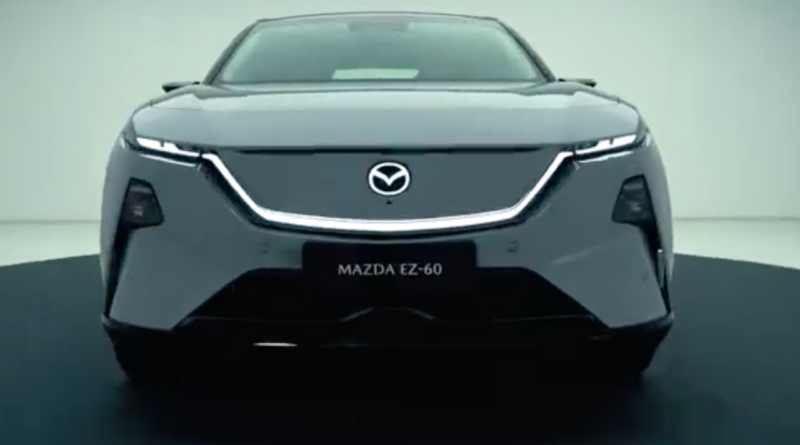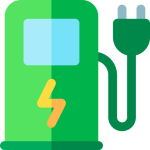
Mazda Accelerates EV Innovation Through Strategic Alliance with China’s CATL
Mazda may have been slower than some rivals to embrace electric vehicles, but a transformative new alliance with China’s Contemporary Amperex Technology Co Ltd (CATL) positions the Japanese automaker to surge ahead in the EV race. This collaboration promises breakthroughs in range, charging speed, safety, and autonomous technology-innovations that Australian drivers could see on the roads within just a couple of years.
The partnership operates through Mazda’s existing Changan-Mazda joint venture and has already yielded the Mazda EZ-6/6e sedan and EZ-60 SUV. Central to the deal is access to CATL’s groundbreaking Cell to Chassis (CIIC) skateboard architecture, unveiled late last year to considerable acclaim. This revolutionary platform integrates the battery directly into the vehicle’s chassis, offering a range of up to 1000 kilometres-far surpassing many competitors-and redefining safety and performance standards.
Safety is a standout feature of the CIIC platform. CATL claims the structure can withstand frontal collisions at speeds up to 120 km/h without compromising occupant protection or battery integrity. The battery pack, encased in a protective shell with a special insulating film, resists fire and explosion even under severe impact. The design employs a robust combination of hot-stamped steel and high-strength aluminium, alongside strategically engineered pathways that dissipate crash energy away from the battery and passenger compartment. Additional safety measures include the ability to sever high-voltage circuits in a mere 0.01 seconds and discharge residual energy within 0.2 seconds, significantly reducing fire risks.
While Mazda and CATL have yet to specify which battery models will underpin future EVs, industry speculation points to the use of CATL’s Shenxing Superfast Charging Battery. Expected to support an electric range north of 800 kilometres, this battery system boasts ultra-fast charging capabilities exceeding 1300 kW. Such speed translates to adding approximately 2.5 kilometres of range every second, with a five-minute charge delivering up to 520 kilometres-approaching the convenience of refuelling a petrol or diesel vehicle. The caveat is the need for megawatt charging stations, presently limited to China, to unlock this rapid replenishment.
The partnership also integrates cutting-edge driver assistance technologies, including brake-by-wire and steer-by-wire systems alongside adaptive suspension. Mazda is anticipated to launch these models with Level 3 autonomous driving capabilities-allowing drivers to remove their eyes and hands from the road under certain conditions-with Level 4, near-fully autonomous features to follow.
The CIIC skateboard’s architecture also enhances vehicle dynamics by improving structural rigidity and reducing weight, while liberating additional interior space for passengers and battery capacity alike. CATL estimates production readiness within 12 to 18 months after platform adoption-dramatically faster than the typical five-year development cycle common amongst Western and Japanese carmakers. This timeline hints at the possibility of Mazda’s advanced electric vehicles reaching Australian showrooms as early as late 2025 or early 2027.
Importantly, these innovative Mazda EVs are destined not just for the Chinese market but have been confirmed for international release. This signals a strong likelihood Australian consumers will soon benefit from a new generation of electrified Mazdas that combine cutting-edge battery technology with exceptional safety and driver assistance features.
About EV Evolution
EV Evolution is the leading online platform dedicated to Australian electric vehicle owners and enthusiasts. We foster a vibrant community, delivering essential EV news and insights, and enhancing user engagement through our innovative, AI-powered chatbot for dynamic discussions. Our mission is to empower Australian electric vehicle owners and enthusiasts by fostering a vibrant, AI-driven online community that connects, informs, and advances the nation’s electric vehicle landscape.




